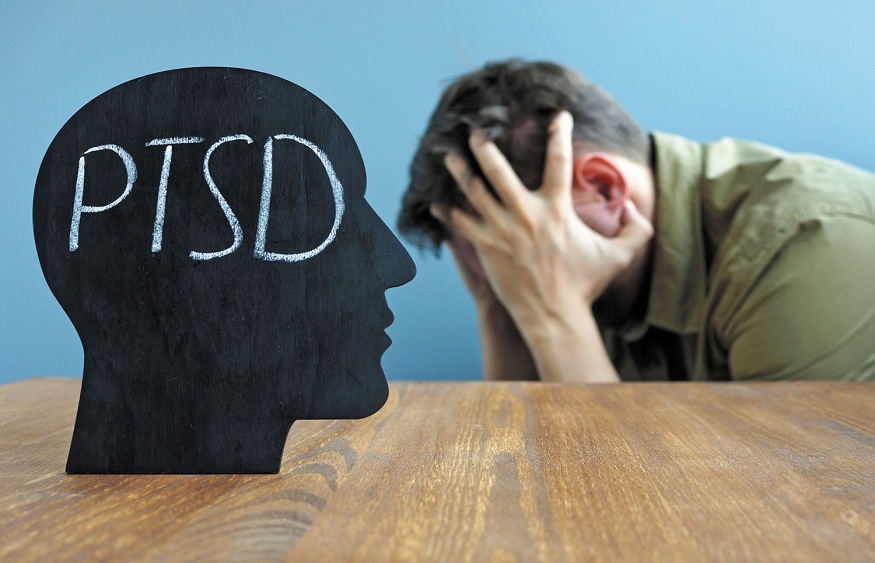Post-Traumatic Stress Disorder (PTSD) is a mental health condition that can develop in individuals who have experienced or witnessed a traumatic event. It can have a significant impact on a person’s daily life, relationships, and overall well-being. In this blog post, we will provide a comprehensive guide to understanding and treating PTSD, including its symptoms, causes, and available therapeutic options.
Understanding PTSD
1. Symptoms
PTSD can manifest in a variety of symptoms, which can be grouped into four main categories:
– Intrusive Thoughts: Recurrent and distressing memories or flashbacks of the traumatic event, nightmares, and intrusive thoughts.
– Avoidance: Avoiding people, places, or activities that remind the individual of the trauma, emotional numbing, and a sense of detachment from others.
– Negative Changes in Thinking and Mood: Negative thoughts, feelings of guilt or shame, loss of interest in previously enjoyed activities, difficulty experiencing positive emotions, and memory and concentration problems.
– Increased Arousal and Reactivity: Hyperarousal, irritability, difficulty sleeping, hypervigilance, and an exaggerated startle response.
2. Causes
PTSD can result from a wide range of traumatic events, such as military combat, sexual assault, natural disasters, accidents, or witnessing violence. Factors that can contribute to the development of PTSD include the severity of the trauma, a history of previous traumatic experiences, individual vulnerability, and a lack of adequate social support.
Treatment Options
1. Psychotherapy
Psychotherapy, particularly trauma-focused therapies, is considered the primary treatment for PTSD. Some effective psychotherapeutic approaches include:
– Cognitive-Behavioral Therapy (CBT): CBT helps individuals identify and change negative thought patterns and behaviors related to the trauma. It includes techniques like exposure therapy, where the person gradually confronts the traumatic memories or situations, and cognitive restructuring to challenge distorted beliefs.
– Eye Movement Desensitization and Reprocessing (EMDR): EMDR combines elements of exposure therapy with rhythmic eye movements or other forms of bilateral stimulation. It aims to help individuals process traumatic memories and reduce their emotional distress.
– Group Therapy and Support Groups: Group therapy provides a supportive environment where individuals can share their experiences, learn coping strategies, and gain a sense of validation and understanding.
2. Medications
Certain medications may be prescribed to manage specific symptoms of PTSD, such as anxiety, depression, and sleep disturbances. Commonly used medications include selective serotonin reuptake inhibitors (SSRIs), which can help alleviate symptoms and improve mood.
3. Lifestyle Changes
Incorporating self-care practices into daily life can have a positive impact on managing PTSD. These can include regular exercise, healthy eating, stress reduction techniques (such as mindfulness or meditation), and maintaining a stable sleep schedule. Avoiding alcohol and substance abuse is also crucial, as they can worsen symptoms and interfere with the recovery process.
4. Support from Loved Ones
Having a strong support system is vital for individuals with PTSD. Friends, family, and loved ones can provide understanding, empathy, and encouragement. Open communication, active listening, and providing a safe and non-judgmental space can significantly aid in the healing process.
Conclusion
PTSD is a complex and challenging condition, but with proper understanding and appropriate treatment, individuals can experience significant improvement in their symptoms and overall well-being. Seeking professional help from mental health experts is crucial for an accurate diagnosis and to develop an individualized treatment plan. Through therapy, medications, self-care practices, and the support of loved ones, those with PTSD can embark on a journey of healing, reclaiming their lives, and restoring a sense of hope and resilience.



